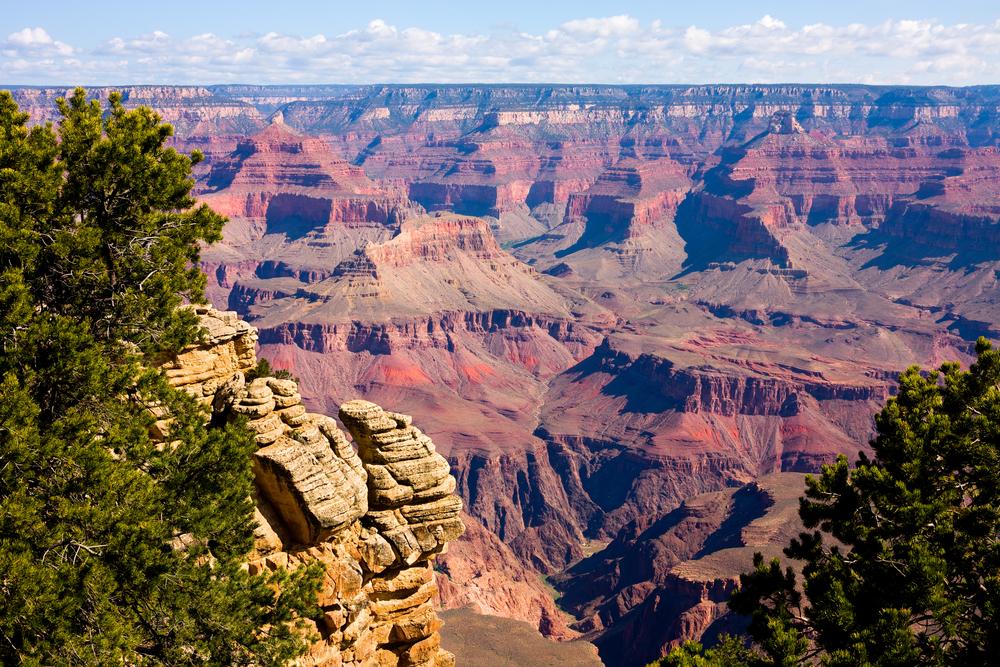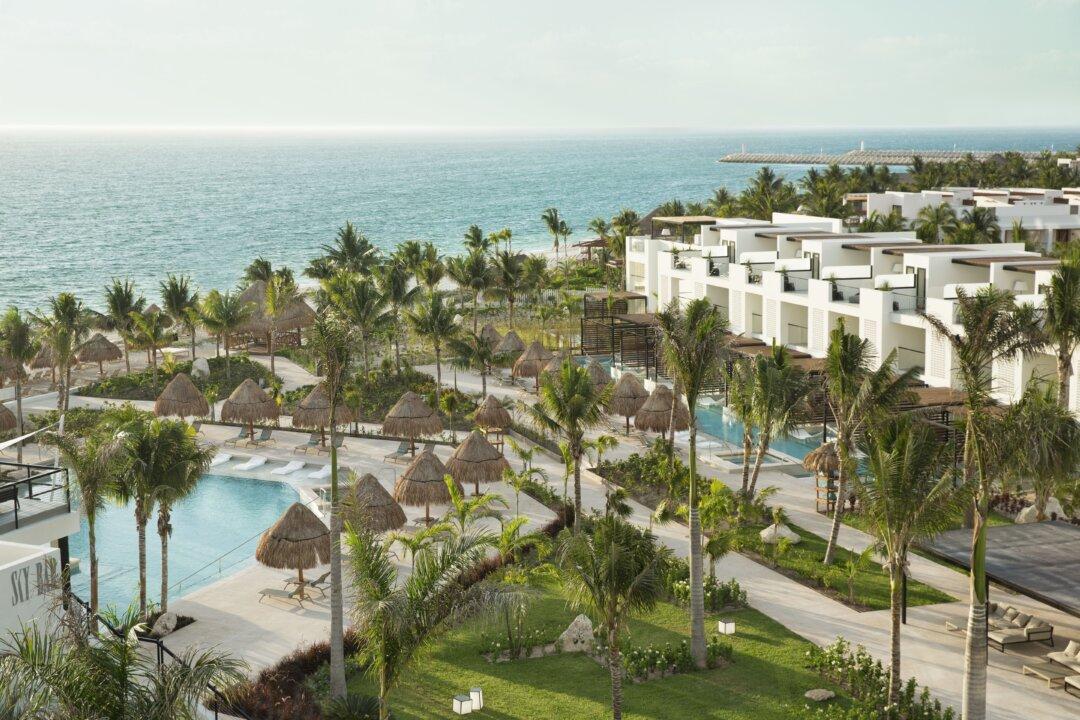Sprawled along the shores of Lake Michigan, Milwaukee is often called the City of Festivals, and it’s easy to see why. In just two days in July, I attended Milwaukee’s Original HAUS Party (North America’s largest German festival); the Brady Street Festival; and Brewfest, where free craft beers were available for sampling at numerous stalls.
Summerfest, the world’s largest music festival, takes over the Henry Maier Festival Park in June and ramps up the noise level for miles around with 11 stages of non-stop rock, country, pop, and R&B music.
Other festivals celebrated each summer include Polish Fest, Lakefront Festival of Art, and Cedarburg Strawberry Festival in June; Bastille Days, Milwaukee IndyFest, Festa Italiana, and the Air and Water Show in July; and the Wisconsin State Fair, Arab World Fest, Irish Fest, and Mexican Fiesta in August.





